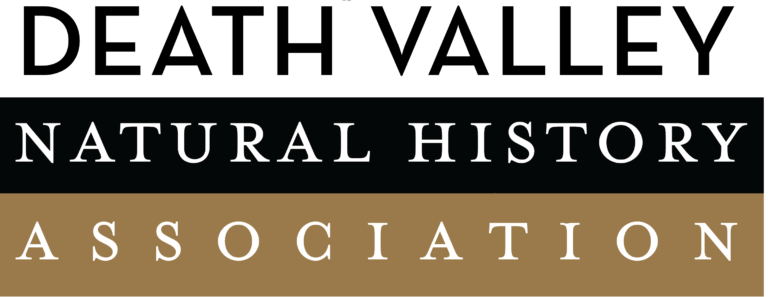
Over 150 different plants were used by Native Americans in the Death Valley region for food, medicine, and tools. Many plants had multiple uses, and about 60 species had medicinal value. The medicinal plants were used to create eyewashes, antiseptics, teas, salves and more.
Mesquite

Honey mesquite was used as both medicine and food. Additionally, the mesquite groves attracted game animals to hunt. Tea was made from the leaves, and a sweet drink could be made by pounding the ripe pods into a pulp. Green, ripe pods were eaten raw. They could also be ground and baked into bread.
Creosote
The Creosote Bush was an extremely valuable resource. It was used medicinally to treat disease and stomach illnesses. The sap from the tree was used as glue sealant on arrows, spears, pottery and baskets. Additionally, the branches were used for shade and firewood. The leaves of the tree were burned for religious ceremony.
Beavertail Prickly-Pear

The Beavertail prickly-pear had multiple uses. The fuzz on the pads was used for wart removal, and the pulp inside the pads was applied to wounds. Every part of the plant was consumed, either fresh, boiled, or dried. The cactus blossoms were cooked before they were consumed.
Joshua Tree

The fruits, flowering branch tips, and seeds of Joshua Trees were used for food. The fruit was either boiled or pit roasted, and the seeds were eaten raw or as mush. The fibers from Joshua Trees were used to create sandals, and the tree roots added red and brown accents to baskets.
Arrowweed

Arrowweed, found in abundance at Devils Cornfield, was used primarily as a medicine to treat indigestion. It was ingested raw or boiled into a tea. It was also used in the creation of arrows; the long straight stems were ideal.
